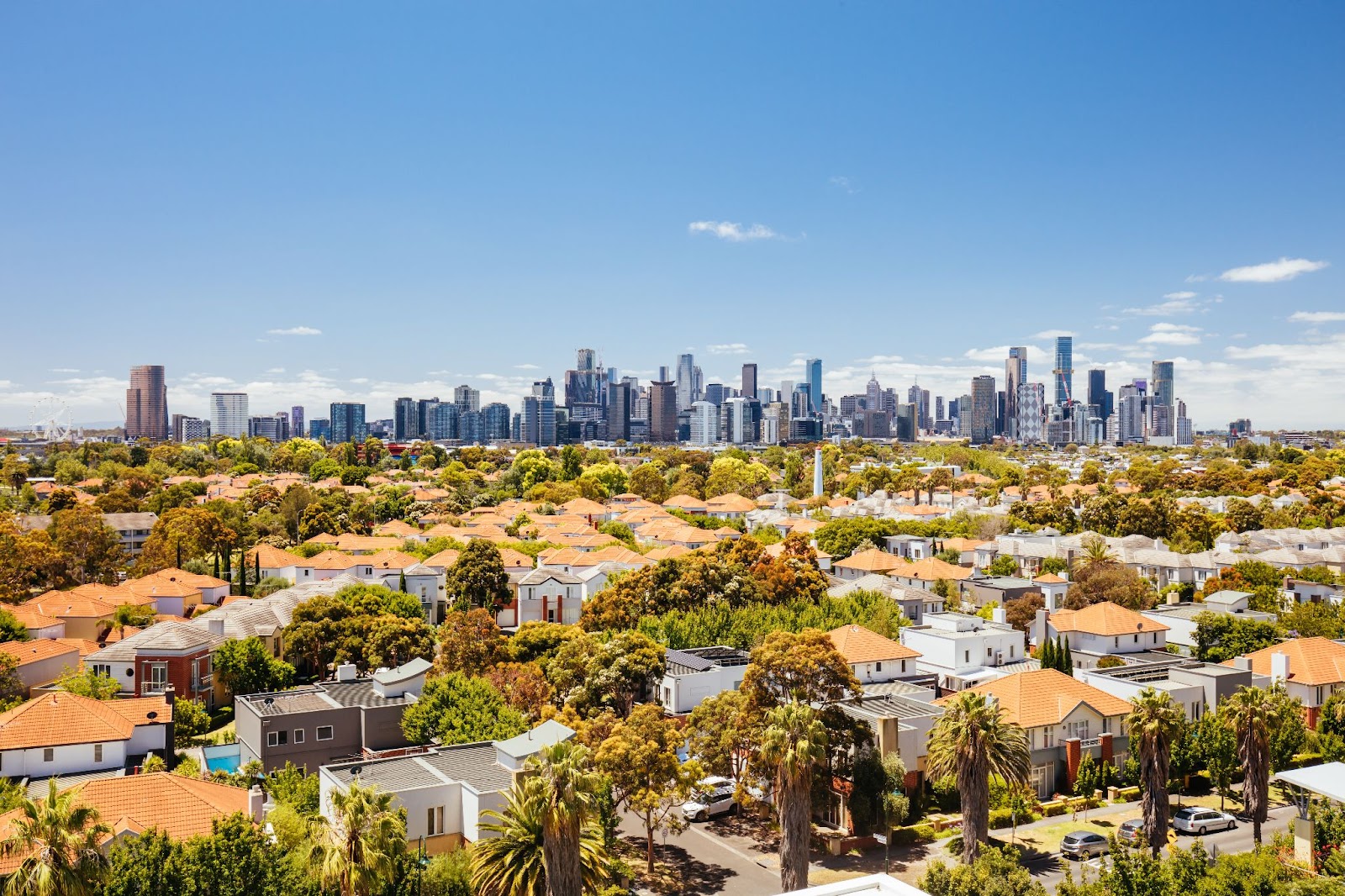Melbourne’s property market has been on a rollercoaster in recent years, shaped by interest rate shifts, supply challenges, and evolving buyer demand.
As we move through 2025, one of the biggest questions for homebuyers and investors alike is: are house prices in Melbourne set to drop or rise?
Here’s what current trends and expert predictions suggest about where the market is headed.
Melbourne’s Market Snapshot: Signs of Recovery

After a period of price corrections, Melbourne's property market is showing early signs of stabilisation and modest recovery.
CoreLogic data from April 2025 reveals a 0.2% monthly increase in dwelling values, marking the third consecutive month of growth. That said, property prices remain 5.4% below their March 2022 peak.
According to PropTrack’s Home Price Index, the median house price has risen to around $900,000, with units averaging $588,000. This represents a 1% and 2.1% year-to-date increase respectively.
What’s Driving the Market in 2025?
Interest Rate Movements
The Reserve Bank of Australia (RBA) has lowered the cash rate to 3.85%, aiming to support economic activity and stimulate the housing market.
While this eases mortgage pressure for existing homeowners, it also brings more buyers into the market, increasing competition and potentially pushing prices upward.
Housing Supply Shortage
One of the biggest constraints on price stability in Melbourne is the supply of new homes. Completion rates are expected to hit a 10-year low in 2024, with building approvals tracking 15% below the decade average.
This has resulted in a tightening of available stock — particularly in high-demand suburbs — further adding to upward price pressure.
Population Growth and Demand
Melbourne’s population is continuing to grow and is expected to surpass Sydney by 2029. Strong interstate migration and international arrivals are fuelling demand for housing across metropolitan and outer suburbs, creating long-term pressure on availability and affordability.
The Affordability Squeeze

Despite moderate price increases, many buyers are feeling the pinch. Melbourne remains one of the most unaffordable housing markets in the world.
According to a recent global housing affordability report, four of Australia's major cities — including Melbourne — are rated as “impossibly unaffordable,” largely due to house price growth outpacing wage increases.
This affordability gap is particularly challenging for first-home buyers and middle-income families who are increasingly priced out of preferred suburbs.
What the Experts Are Predicting
Looking ahead, there are a range of forecasts on Melbourne’s housing outlook in 2025:
-
KPMG expects house prices to rise by 3.3% and unit prices by 4.6% across the year.
-
SQM Research is more cautious, suggesting prices could drop by as much as 5% in early 2025, though a rebound is possible if further RBA rate cuts occur.
-
PropTrack forecasts a potential 6% increase in house prices this year — equating to an average $55,000 gain — assuming buyer confidence remains strong and supply constraints continue.
How Should Buyers and Investors Respond?

With Melbourne’s property market in a transitional phase, it’s crucial for buyers and investors to remain informed and adaptable. While there’s growing optimism that prices will continue to recover throughout 2025, affordability and access remain major hurdles.
Buyers should focus on fundamentals: choose locations with strong infrastructure, assess your long-term affordability, and consider working with property advisors to make informed decisions.
Publisher Website: www.homeshelf.com.au